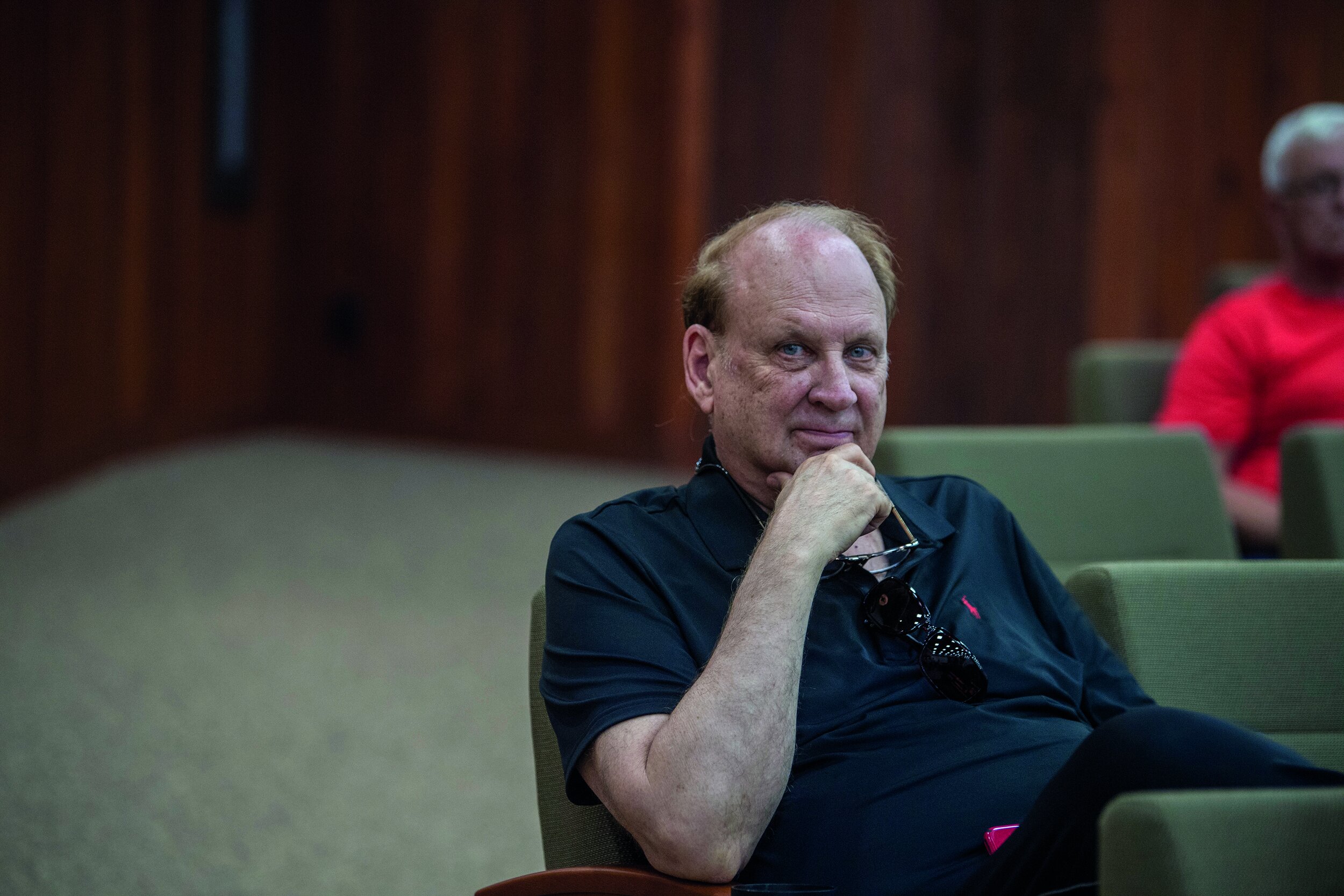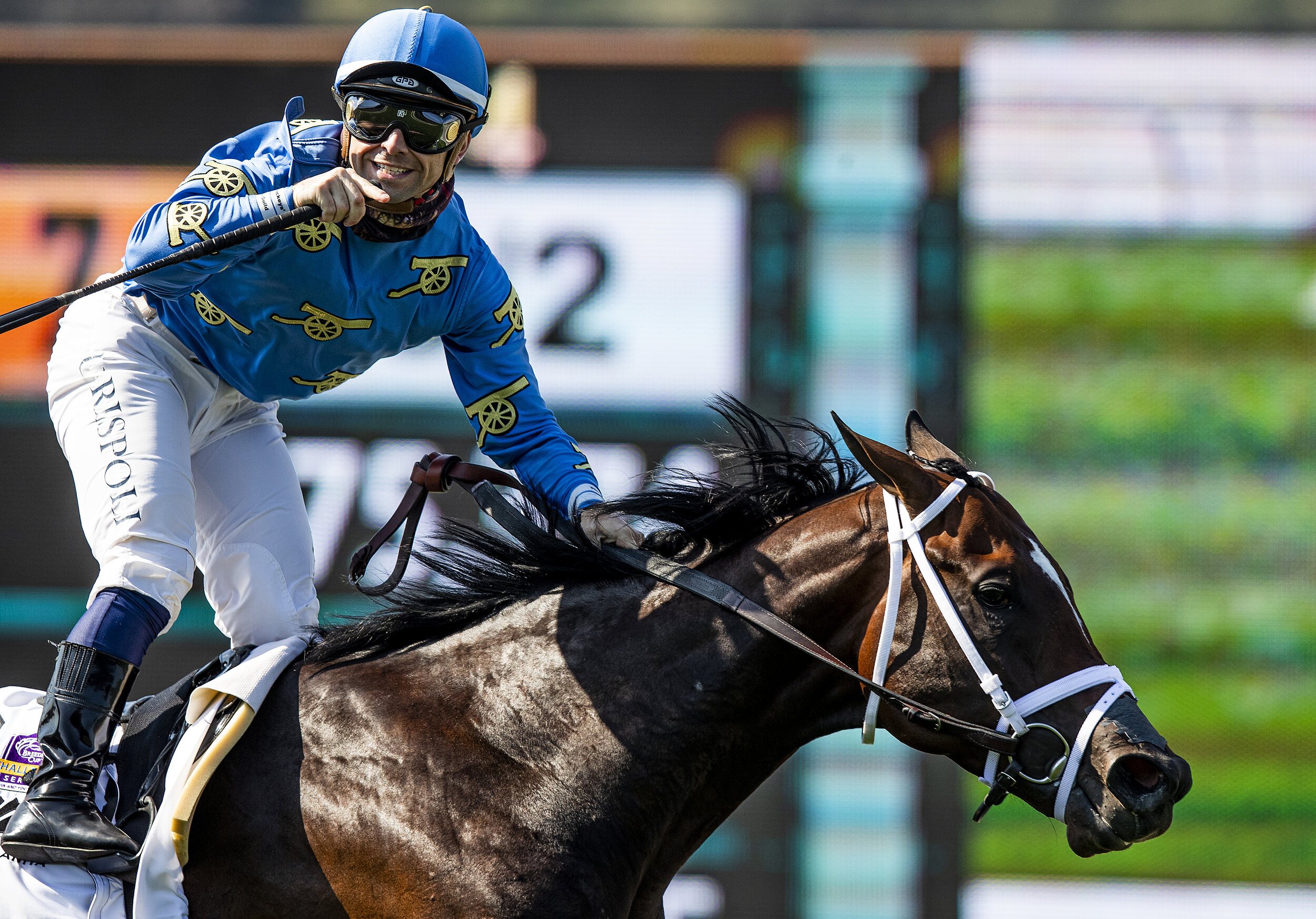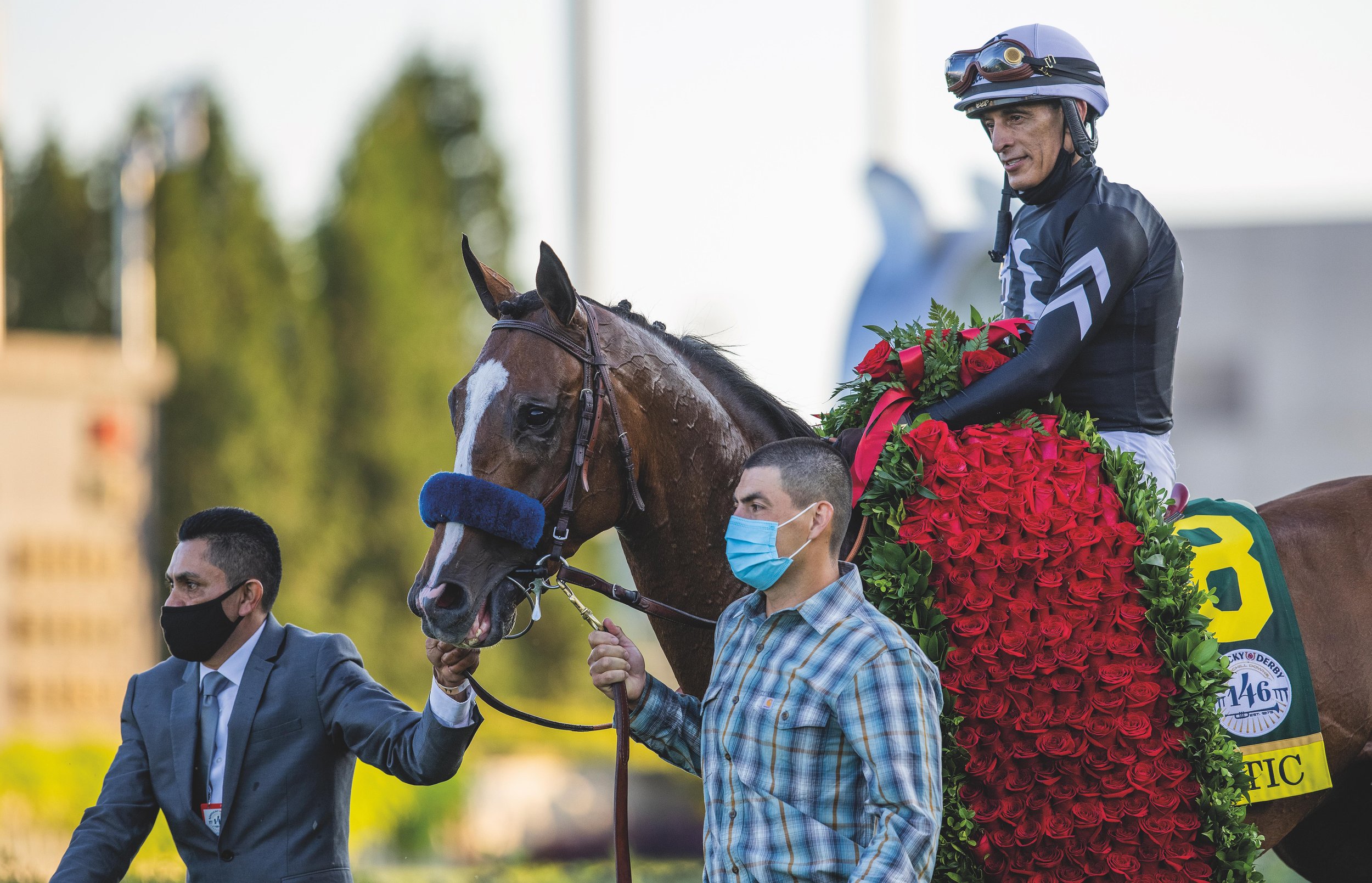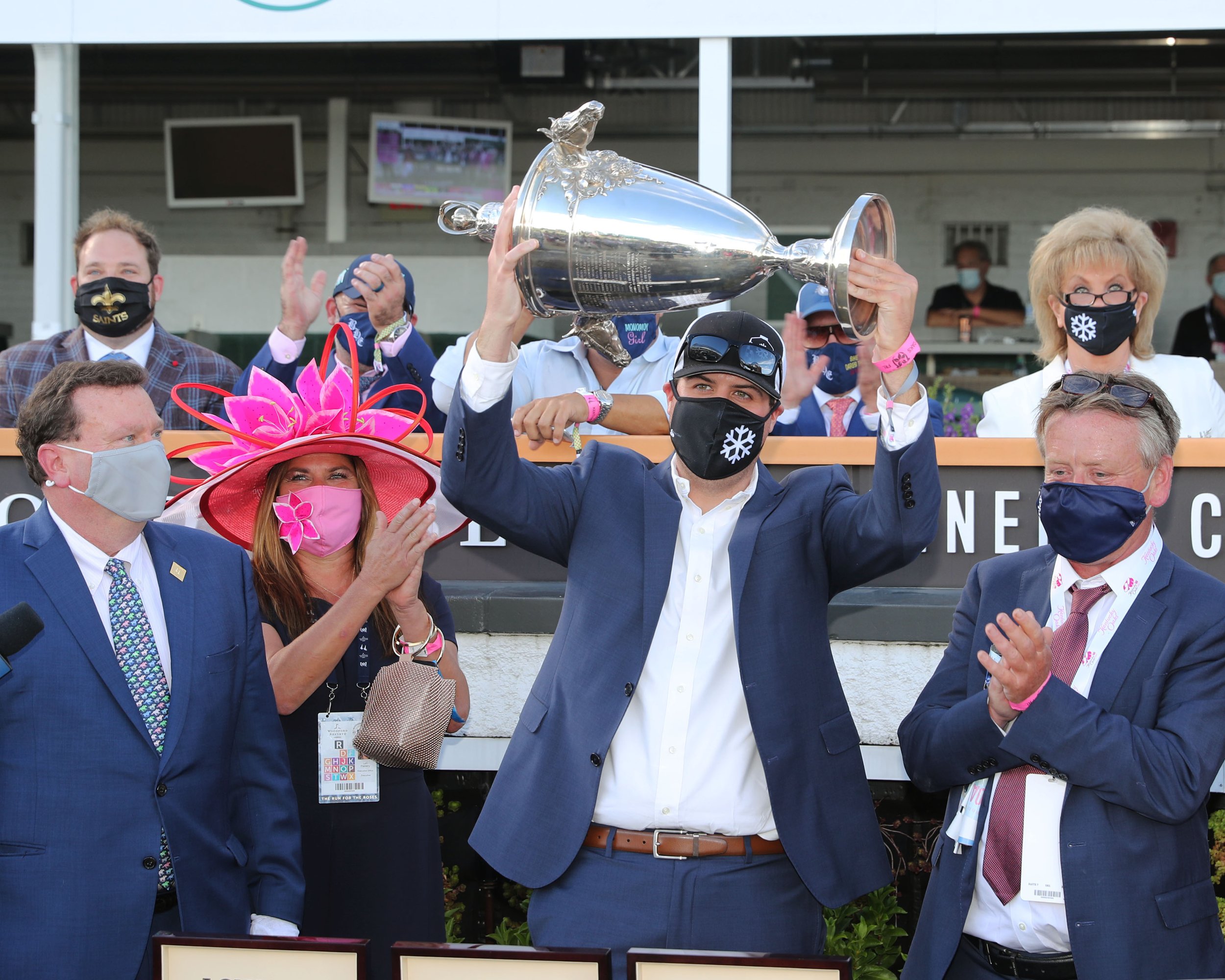Frank Fletcher Jr.
/By Bill Heller
How can you not like owner Frank Fletcher Jr., a man who names all of his Thoroughbreds for his dog Rocket? Especially when one of them, Lady Rocket, whom he owns with Ten Strike Racing, takes off at Aqueduct December 4th, winning the Gr. 3 Go for Wand Stakes by nine lengths. That was another thrill for Frank Fletcher, whose whole life has been thrills, successes and philanthropy.
When you marry the captain of the cheerleaders, work for and with Sam Walton, the founder of Walmart, and count your fraternity brother at the University of Arkansas, Dallas Cowboys owner Jerry Jones as a close friend, you know you’ve done well in life. The fact that he is a major contributor to Toys for Tots, Easter Seals and the Make-A-Wish Foundation tells you all you need to know of his character.
He has prospered in restaurants, automobile dealerships, hotels and horses, frequently working like a dog to achieve success. He’s not averse to taking chances. Hell, he got into trouble with his father once for piloting his Cessna 172 plane without permission. He was 14.
“The successful entrepreneurs are the people willing to take risks,” he said in a 2013 interview.
Maybe it’s because people took a risk with him, adopting him as a baby in Little Rock. He was raised as an only child and has spent an entire lifetime making his parents proud.
Before he was a big man in business, Frank was a big guy in the seventh grade: six-feet-four. He helped his basketball team win a state championship and also played football until the 10th grade when he had three teeth knocked out in practice.
By then, he’d already set a rigorous work pattern, working in a cotton gin after school and on weekends. He hit it off with Judy Hamm, the captain of the Pine Bluff High School cheerleading squad, when he let her borrow his car to ride in a parade. They married and have two children, Chris and Jerilynn and three grandsons, Jacob, Sam and Adam.
At the University of Arkansas, Frank joined the Kappa Sigma fraternity and met Jones, who would later lead him into owning Thoroughbreds.
Fletcher served in the Army Reserves, then took two jobs, working at a bank from 8 to 5, and then at a pizza place from 5:30 to midnight.
Then Frank landed a job selling paint for DuPont, which led him to Sam Walton. Frank tried selling him 300 gallons of paint, and he only wanted 50. He said it was too costly. Frank called headquarters, and they agreed to let Walton have four months to pay. That did it.
Two years later, Walton made Frank a manufacturer’s representative. Like everything else in his life, he went full throttle, arriving at 5:30 a.m. and working until 9 p.m.
Everything was great until Walmart decided to deal with manufacturers directly instead of through reps. Walton suggested Frank start manufacturing products Walmart would buy, and that’s exactly what Frank did. He rented a garage and began making lamps.
His success doing that led him to getting involved with a breakfast investment club, a Hilton hotel in North Little Rock and, ultimately, car dealerships. Fletcher Auto Group now has 10 dealerships in Arkansas and Missouri.
When Jones bought the Cowboys, Frank started traveling frequently to Dallas. He said Jones convinced him to bet $2,000 to win on a Thoroughbred that Jones owned. The horse finished fourth. Frank kept the faith, bet on the horse again, and he won. “I was hooked,” he said.
Lady Rocket winning the Gr3 Go for Wand Stakes by 9 length at Aqueduct
He initially hired Bob Holthus to train his horses, and he won his first race with Boss Man Rocket in 1989. He had subsequent success with Son of Rocket, who was third in the 2001 Gr. 1 Arkansas Derby, Rocket Twentyone, who won the 2013 Gr. 3 Arlington Washington Lassie, and Frank’s Rockette, who captured three straight graded stakes in 2020: the Gr. 3 Victory Ride, Gr. 2 Prioress and Gr. 2 Gallant Bloom Handicap.
His long list of awards includes the 2011 Sales and Marketing Executive International Arkansas Top Manager of the Year. In 2013, he was inducted into the Walton Business Hall of Fame at the University of Arkansas. Three years later, he was presented with the university’s Distinguished Alumni Award.
With Jerry Jones, Frank founded the Students Acquiring Knowledge through Experience program at the Sam Walton College, which provides college students with real-life, hands-on experience with businesses. It’s a head start for the students’ careers and cements Frank’s contributions to the American dream, the one he lived.

























